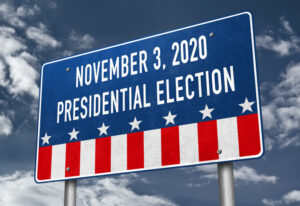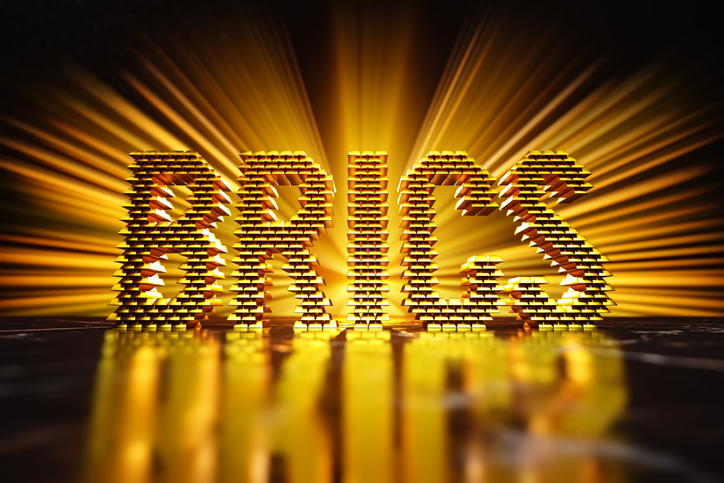Presidential Election Cycle
The comments below are an edited and abridged synopsis of an article by Sunshine Profits
One of the theories of the business cycle is the presidential election cycle, or political business cycle, which says that politicians try to juice up the economy during election years to improve their chances of re-election. They use fiscal or monetary policy to stimulate the economy just before an election to increase their odds of remaining in office. But after the election is over, politicians reverse the course and restrict the fiscal and monetary stimuli. Thus, major elections produce economic booms and busts, as politicians try to create an artificial boom before every election and take advantage of voters’ short-sightedness

The data generally confirms the prediction of the presidential election cycle: The financial and precious metals markets performed differently in presidential elections years from 1973 to 2016 (chart included). In particular, equities generally prosper in the second half of a president’s term, while they often have a relatively weak first half.
As for gold, the post-election year is the worst, as it gains only 2.31%, on average. On the contrary, the second year of the presidency is the best for gold, as the shiny metal rallies 12.89%, on average. The pre-election (12.02%) and election (12.76%) years are between, but gold’s highest performance is evidently closer to the midterm year,
There is no clear pattern for gold and silver stocks. Gold performs the strongest in the midterm election year and the weakest in the post-election year, while for silver, the pre-election year is the best, and the election year is the worst. Both metals prefer the second half of a president’s term. The general stock market behaves as predicted by the theory of the political business cycle and performs better during the second half of the election cycle. But gold stocks prefer the first half of the term and hate the election year. However, the XAU index loves the post-election year, while the HUI index is the strongest during the midterm year. Although there is a certain pattern, it seems that in the long term, the yellow metal is affected by the US economy and monetary policy rather than by US presidential elections.

